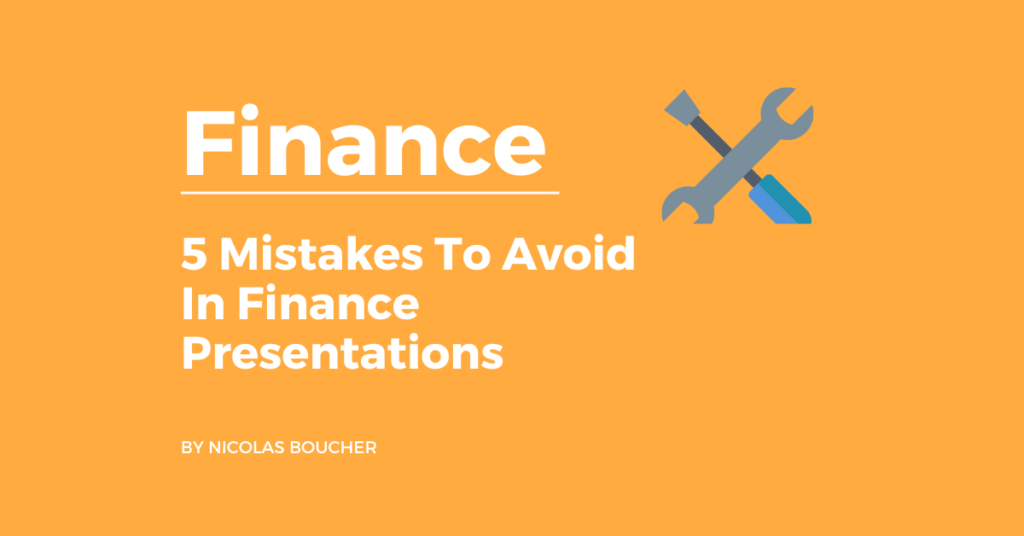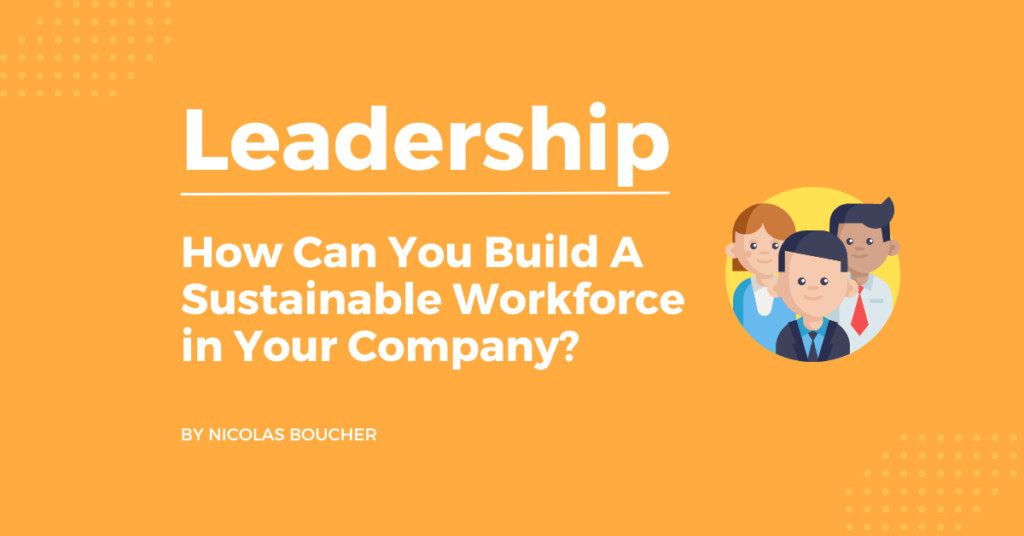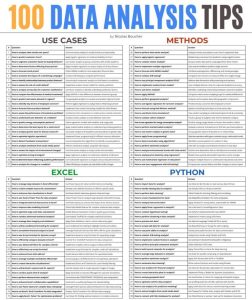Finance presentations are an important tool for businesses, investors, and other stakeholders to understand the financial health and performance of an organization.
However, making mistakes during these presentations can lead to misunderstandings and poor decision-making. This can be detrimental to the organization and can even result in financial loss.
In this article, we will discuss some common mistakes that people make in finance presentations and how to avoid them.
By being aware of these mistakes and taking steps to prevent them, you can ensure that your finance presentations are effective and provide the information that your audience needs.
If you want to be a great finance business partner, I am going to show you the mistakes to avoid and how to lead a presentation.
Where did I learn this? Over the last 14 years, I have had many presentations with top executives (CEO and CFO of companies I audited as well as country, BL, and GBU management of a multinational company).
5 Mistakes in Finance Presentations
Here are the five mistakes I learned to avoid and what to do instead.
#1: Come to The Meeting Only with Problems
Instead, propose solutions to discuss in the meeting and use the meeting to decide on which actions to take to remediate the problems.
#2: Not Anticipating Questions Is Also Part of The Mistakes in Finance Presentations
Instead, think about which questions can pop up and have the answer ready in backup, in your working files, or in your head.
#3: Ignoring Actions Which Are Not Finance Related
Instead, be the right hand of management and follow up on all the actions to make sure the teams are working on the topics with the highest priority.
#4: Organize boring and non efficient meetings
Instead, follow this structure:
- Have an agenda and communicate it in advance
- Share the materials 24h in advance
- Moderate the meeting with the goal of progressing through the agenda
- Do timekeeping
- Park questions and topics which need to be taken offline
- Document minutes, decisions, and actions plan
- At the end, ask everybody to debrief about the meeting
#5: Refuse to Change The Format of The Meeting
Instead, challenge the status quo. First, remove unnecessary slides and bring a dynamic file or dashboard for drill-down analysis. Second, reduce the time used for the meeting. Additionally, use the feedback slot at the end of the meeting to improve it for next time. Finally, reduce the frequency of the meeting (sometimes, an update email could be enough).
The Bottom Line – Prevent Mistakes in Finance Presentations
By being aware of these mistakes and taking steps to prevent them, you can ensure that your finance presentations are effective and provide the information that your audience needs.
If you have bad news to announce, don’t wait for the meeting, and call or email directly your trusted point of contact. Nobody likes bad surprises and even less when they are hidden from them.
If you want to receive more finance tips like this, feel free to sign up for my newsletter. If you subscribe, every 2 weeks, you will receive an email from where I share best practices, career advices, templates, and insights for Finance Professionals.




